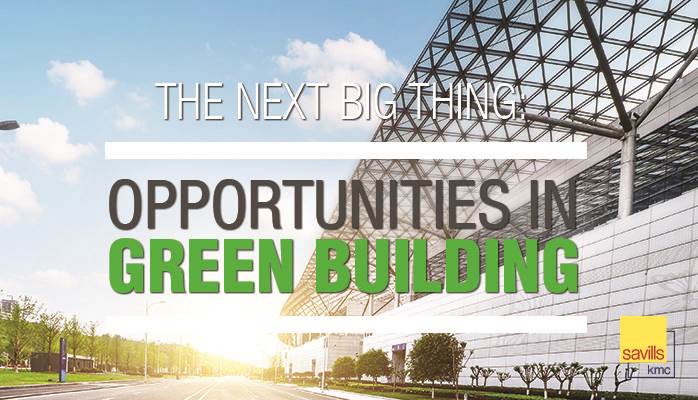
Reading Time: minutes
The growing concern over climate change and other environmental issues has paved the way for business and companies to embrace and value the concept of sustainability. Today, developments that are built with the environment in mind are placed at a premium, not just because it offers a high quality of space with cost-efficient features, but also to emphasize corporate social responsibility towards the environment.
The Economic Impact of Green Buildings
The green building industry in the United States alone has already started to create a significant impact to their economy.
A study conducted by the US Green Building Council has shown that in 2014 alone, the green building industry has supported 2 million workers. The industry is expected to contribute $29.8 billion in US' GDP by 2018, with green construction directly contributing to the creation of 1.1 million jobs by 2018 with 386,000 jobs coming from LEED.
Aside from this, the study also showed the massive efficiency brought about by LEED-certified buildings. From 2015-2018, LEED-certified buildings would have saved companies $1.2-billion in energy costs, $149.5-million in water costs, and more.
What This Means for Real Estate in the Philippines
A similar growth potential in green buildings is seen in the Philippines. As more companies start to look for long-term value and sustainability in office spaces, landlords and developers are likely to develop high-quality buildings with green features and maximize the opportunity to get accredited by applying the standards of USGBC and PHILGBC in constructing, managing, and developing commercial buildings.
"In the Philippines, we are seeing an increased number of tenants who look towards locating in green office buildings because they prefer healthier, environmentally-friendly spaces," says Yves Luethi, VP for Marketing and Landlord Services.
According to Luethi, more tenants are willing to pay a premium on the rental rate for green office spaces as they are saving up to 20% on their monthly operational expenses for electricity, water and air-conditioning.
"Manila's skyline is about to change in the next few years, as more and more developers invest on building high-quality spaces to cope with tenant demand and increasing competition. It is important for landlords to adapt and to start applying more sustainable and green business practices."
He adds, "While location and price will remain to be the main factors affecting tenant retention and absorption, the idea of sustainability is becoming mainstream. It may well become the third most important deal maker in commercial property leasing decisions."
What It Means for Tenants
"The rise of green buildings in the Philippines is good news for tenants. This means that they have more sustainable options and that the standard of quality in office spaces will vastly improve in the next few years," says Michael Glindro, KMC's Assistant Manager for Landlord Representation and certified LEED Green Associate.
"Tenants can take advantage of lower operating costs, higher worker productivity and reputational benefits associated with the superior environmental performance of green buildings."
Glindro mentioned that one of the most-awaited developments is just right around the corner. The ArthaLand Century Pacific Tower, a future office building located along the 5th Avenue, is a PHP 3.5-billion development by award-winning boutique developer ArthaLand. The tower is the first development to be on track towards attaining both LEED and BERDE certifications.
"ArthaLand wants to cater to the stringent requirements of corporate headquarters, such as for top-tier and multinational corporations. We want to ensure that the tenants get a high-performance building in a prime location that showcases world-class features, especially sustainability in design."
"ArthaLand wants to elevate the quality of office buildings in the Philippines - and we believe it sets the right benchmark on what our future office spaces should be with the ArthaLand Century Pacific Tower."

